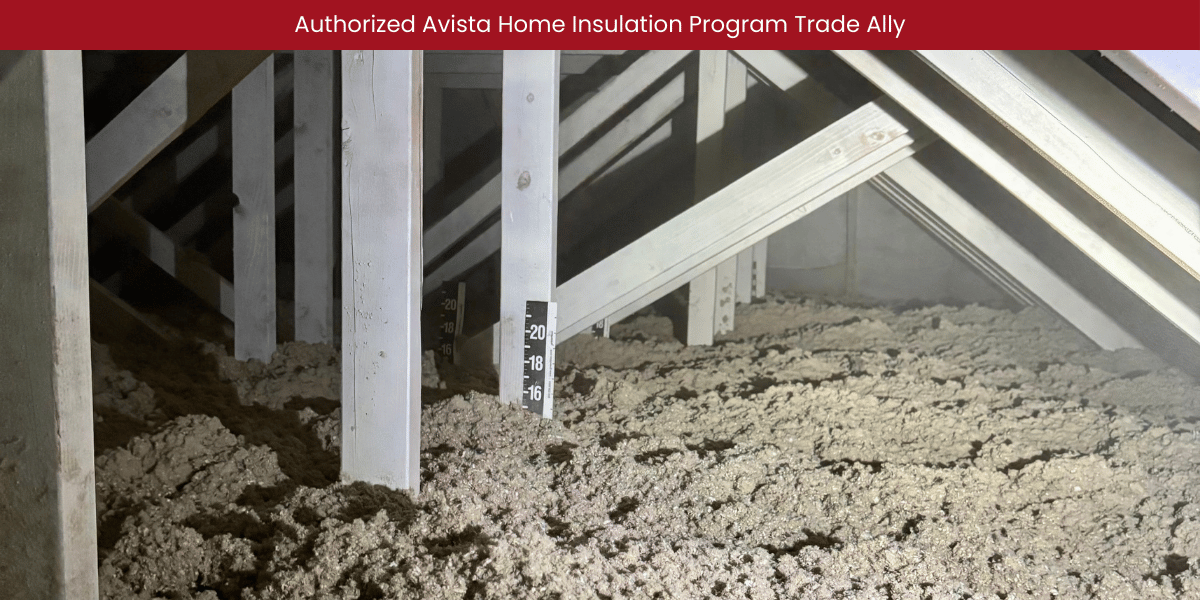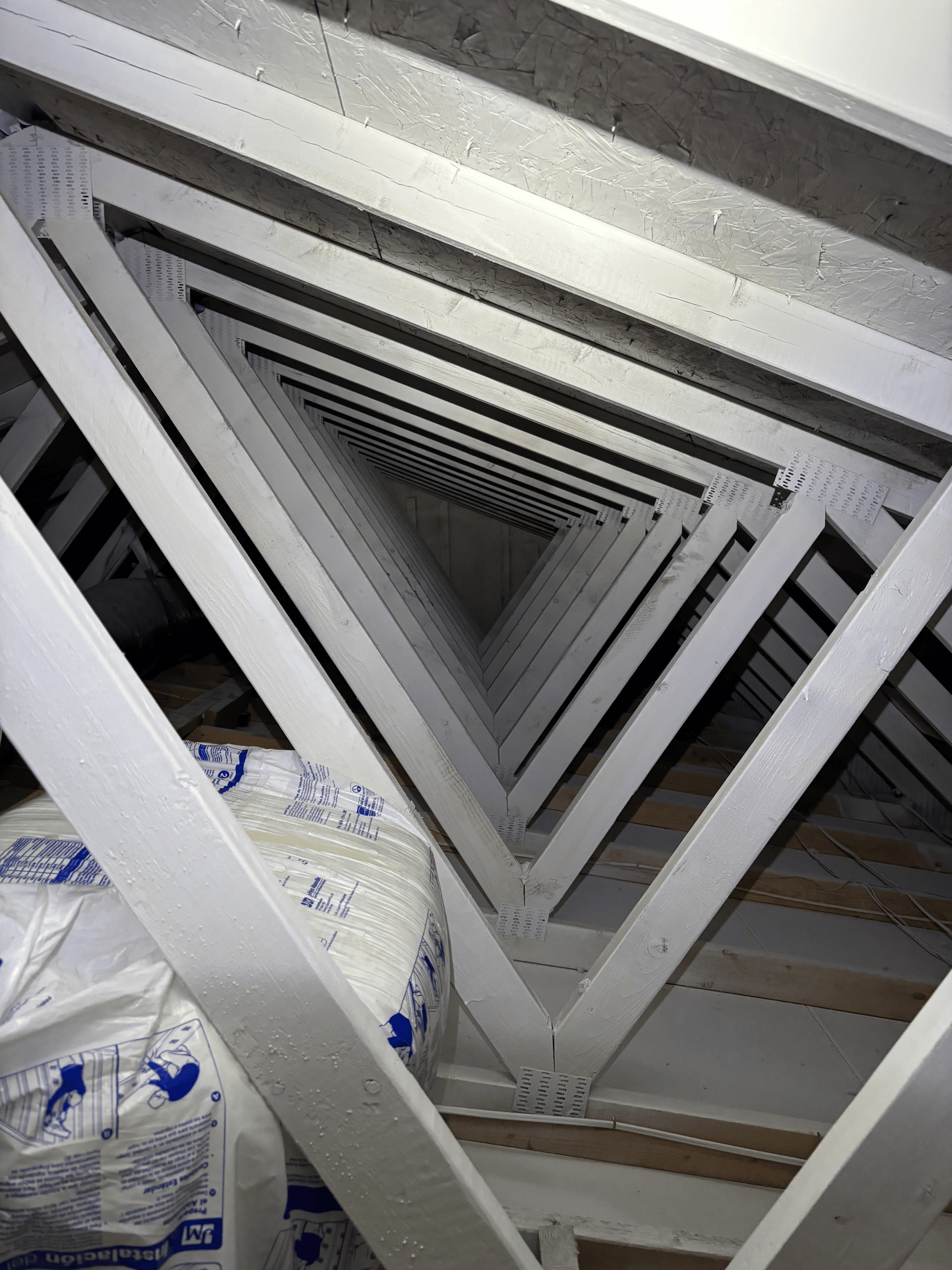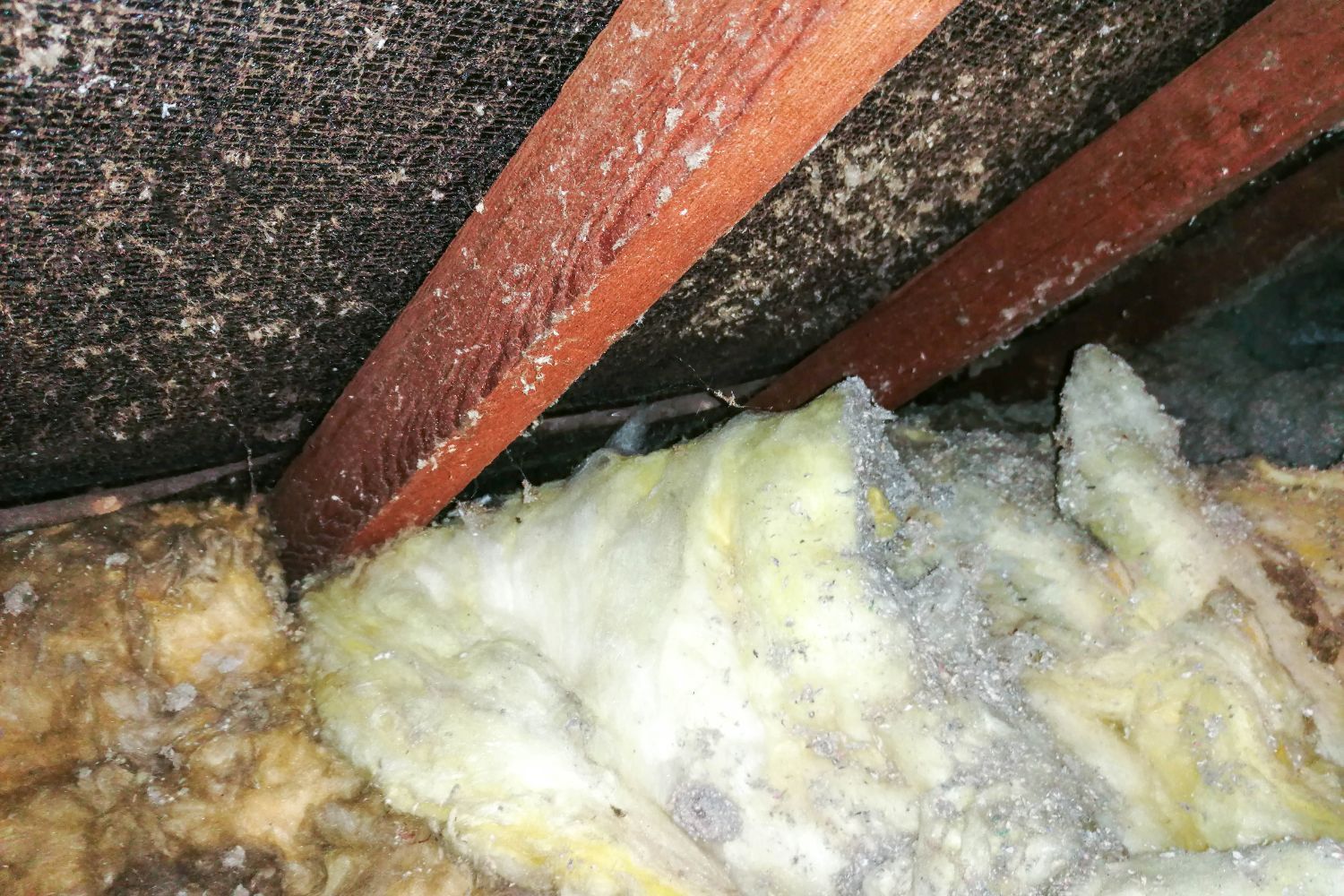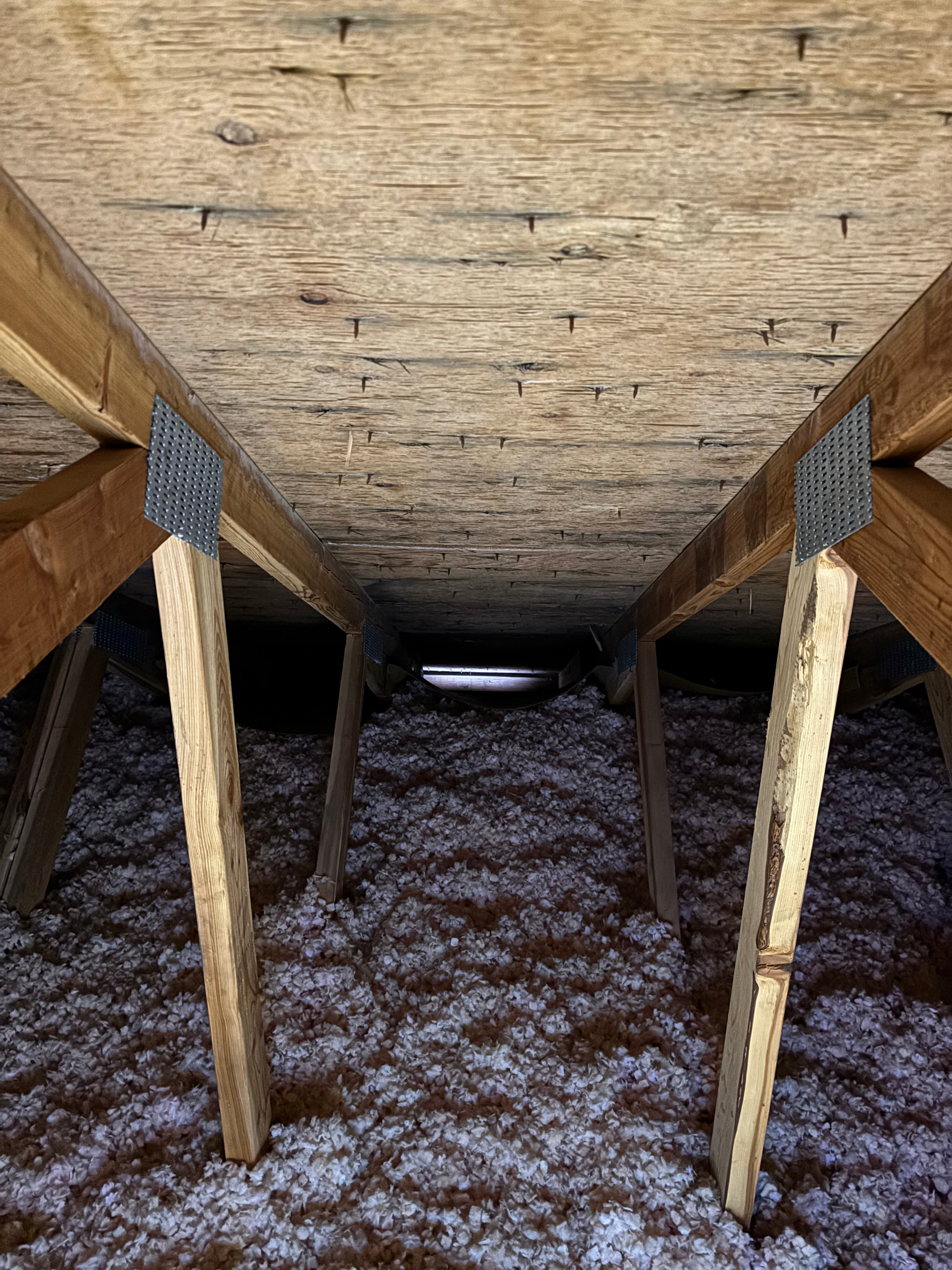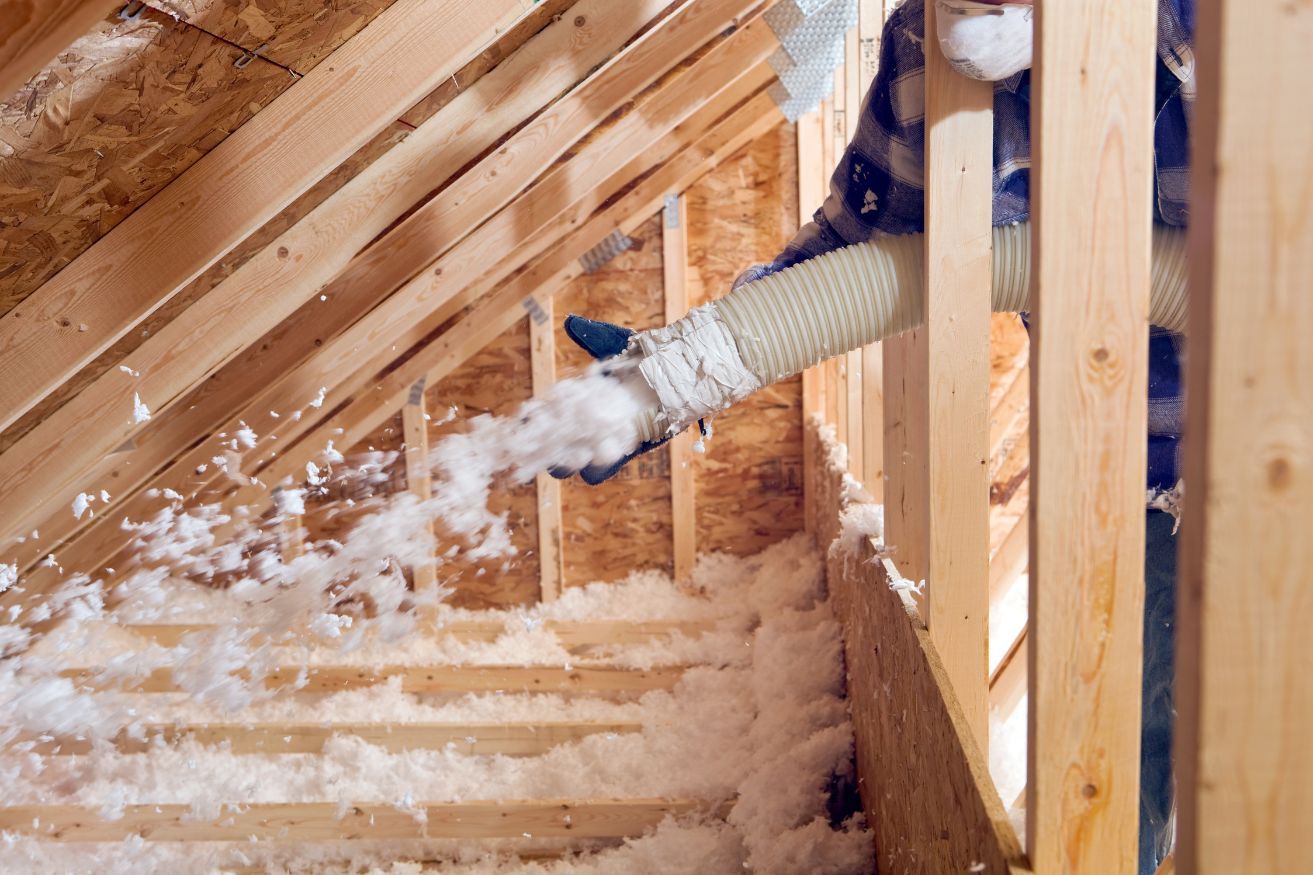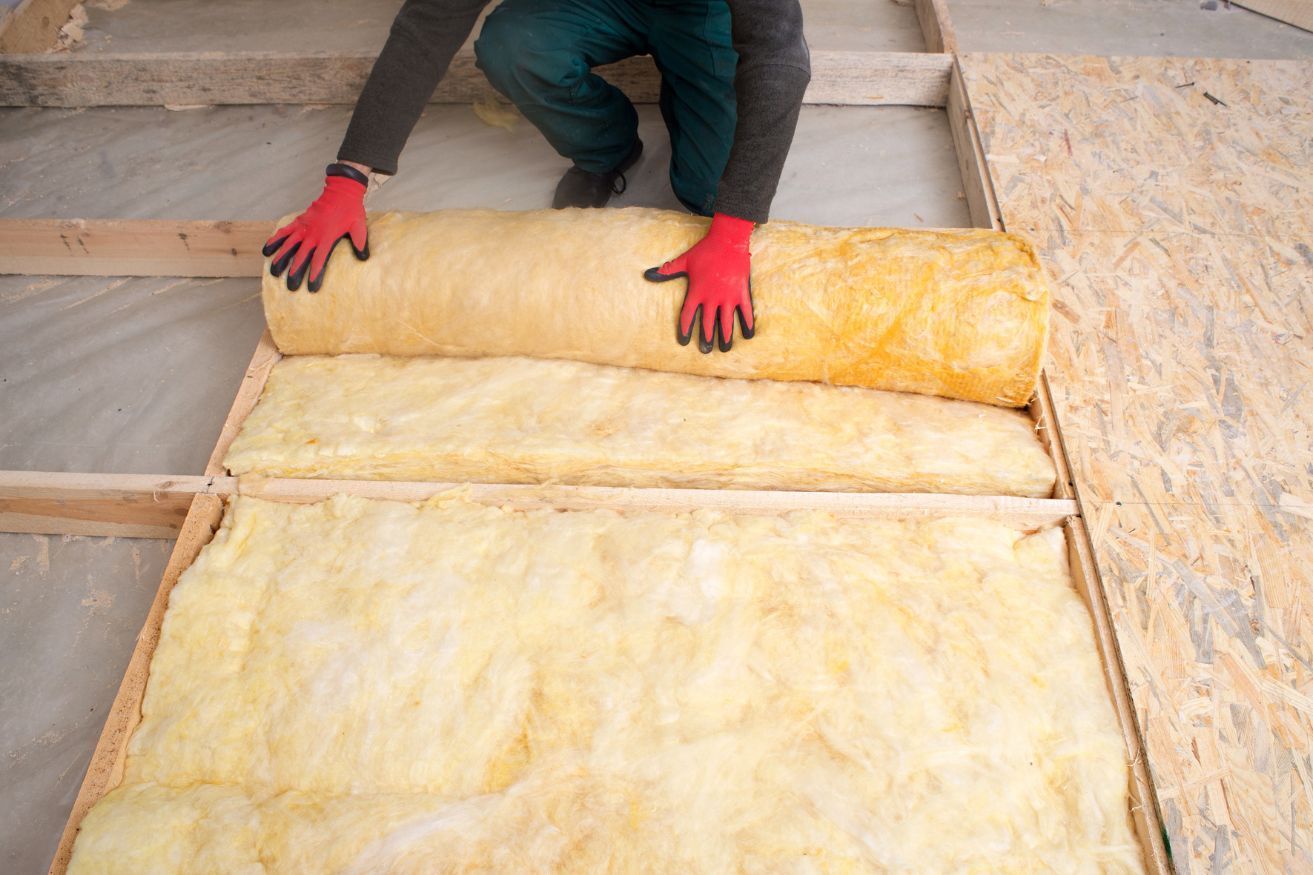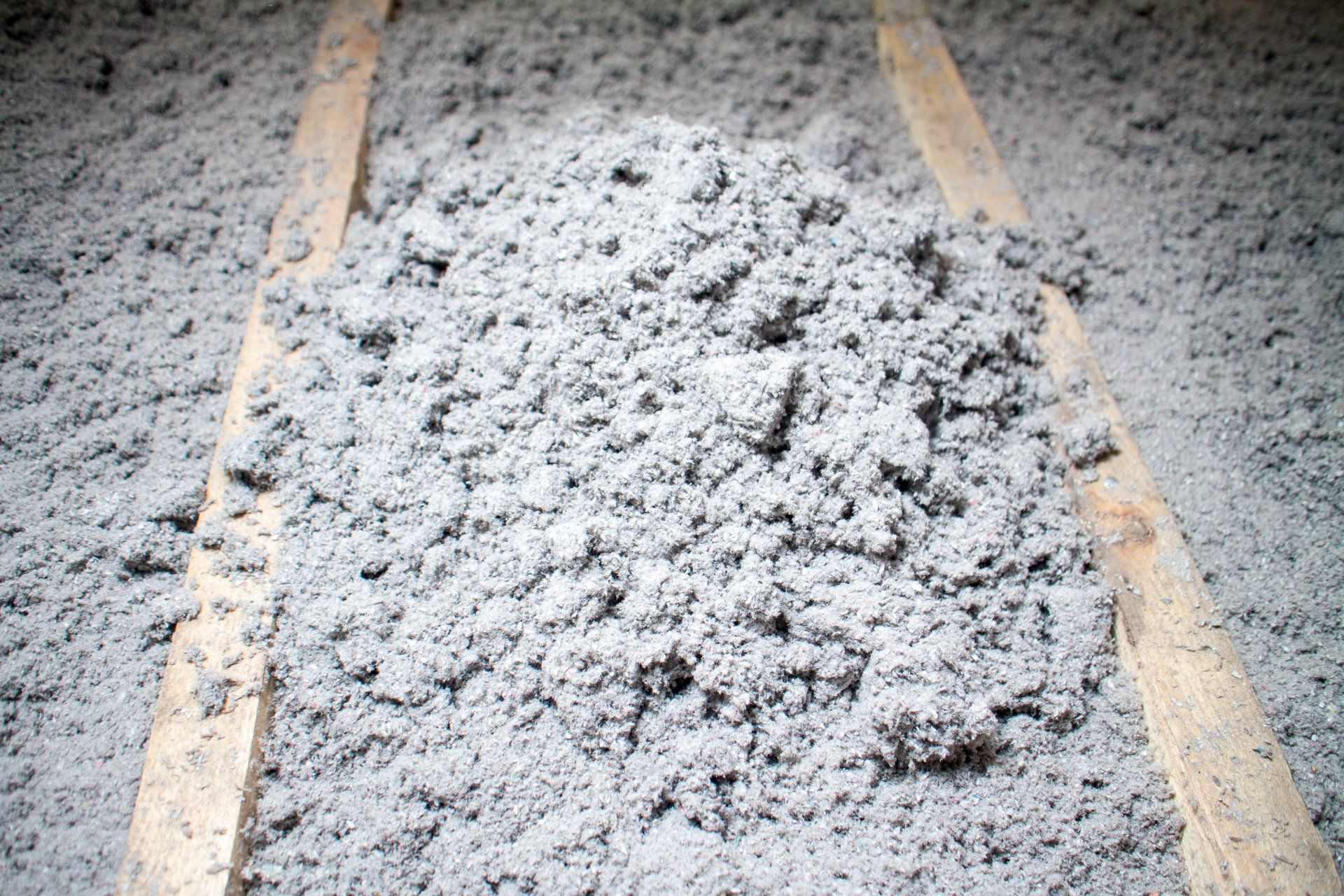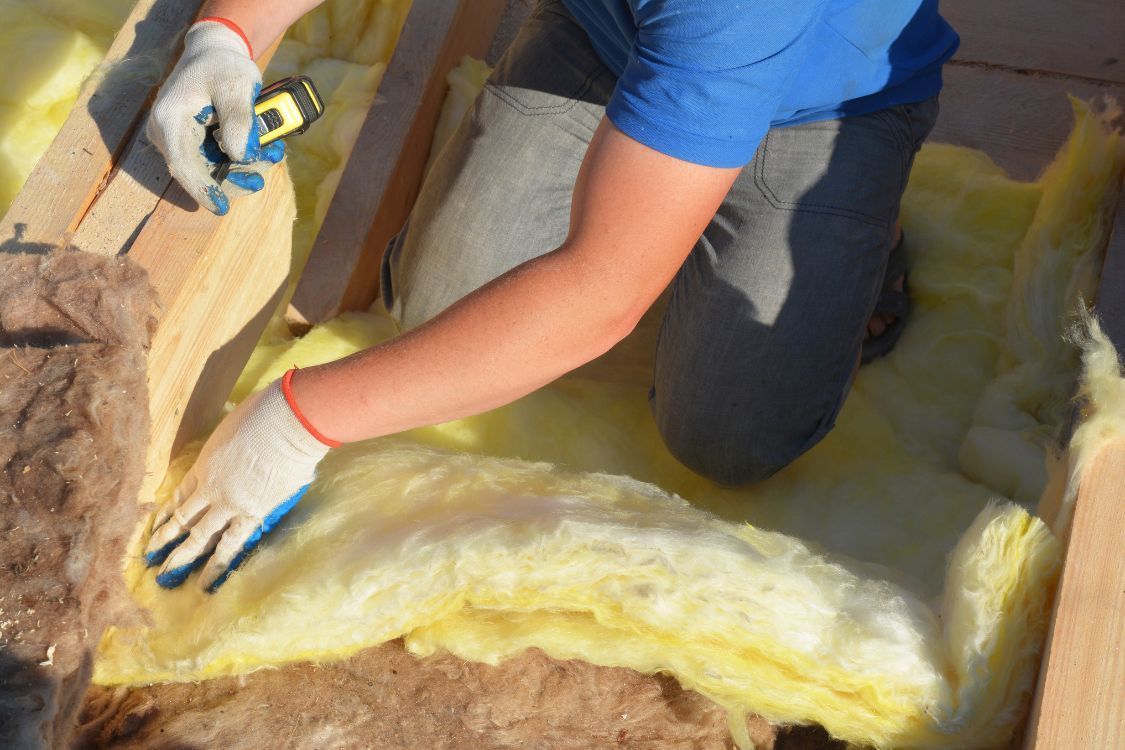DIY Attic Mold Removal
🧽 DIY Attic Mold Removal vs. Hiring a Pro: What Every Homeowner in Spokane & Coeur d’Alene Should Know
So you popped your head into the attic and saw it—black mold on the sheathing, maybe a musty smell, or insulation that looks like it’s been through a compost pile. Your instinct might be: “I can handle this myself.” And maybe you can—but should you?
DIY attic mold removal is one of those things that sounds easier than it is. Between the safety risks, improper treatment methods, and the potential for mold to come roaring back, there are some serious reasons to hire a professional attic mold remediation contractor, especially here in Spokane and Coeur d’Alene, where extreme winters and poor ventilation feed mold growth like fertilizer.
🔨 Can You Remove Attic Mold Yourself?
Yes—technically. But here’s what DIY attic mold removal usually involves:
- Setting up full containment with plastic sheeting
- Wearing PPE (N95 mask, goggles, gloves, Tyvek suit)
- Using a HEPA vacuum to clean contaminated insulation
- Applying a mold-killing solution like Concrobium or Vital Oxide
- Scrubbing mold from wood with wire brushes
- Sealing the surface with Zinsser Mold-Killing Primer
Seems simple, right? Until you realize:
- You're working in a confined, overheated, unlit attic
- You’re likely missing hidden moisture issues
- You may re-aerosolize mold spores without HEPA filtration
- You could fail to fix the cause (like a bathroom fan venting into the attic)
- And you might need to dispose of contaminated insulation legally
🚨 Risks of DIY Mold Removal
- Health hazards: Mold spores can trigger asthma, respiratory issues, and skin irritation
- Improper containment: You risk spreading spores to other parts of the home
- Re-growth: Without correcting airflow or moisture issues, mold always comes back
- No documentation: No inspection report, no proof of remediation—a problem when selling your home
- Safety concerns: Attics are full of nails, trusses, and steep pitches—one slip and it's ER time
🛠️ Why Hire a Professional Mold Remediation Contractor?
At Pacific Insulation & Mold Remediation, we don’t just remove mold—we fix the conditions that caused it and prevent it from coming back. Here’s what we provide:
✅ Professional Mold Remediation Includes:
- Full attic inspection (moisture, leaks, insulation)
- Safe removal of mold-contaminated insulation
- Application of EPA-registered disinfectants like Vital Oxide
- Encapsulation with Zinsser Mold- and Mildew-Proof Primer
- Ventilation corrections (bathroom fan reroutes, soffit venting)
- Blown-in cellulose insulation upgrades
- Documentation for buyers, realtors, and insurance
And yes—we do this in Spokane, Spokane Valley, Liberty Lake, Coeur d’Alene, Post Falls, and beyond.
💰 The Real Cost: DIY Mold vs. Professional Mold Removal
TaskDIY CostPro CostMold-killing chemicals$50–$150IncludedHEPA vac rental + PPE$150–$300IncludedEncapsulation primer$60–$120IncludedTime & laborHours/daysDone in 1–2 daysRe-growth riskHighLow (if conditions corrected)Legal documentationNoneFull inspection & report
Paying a few thousand for professional attic mold removal in Spokane or Coeur d’Alene is often cheaper—and a lot safer—than rolling the dice with DIY.
📢 Final Word
If you're the type to fix your own sink or frame your own walls, we get it. But when it comes to attic mold, the stakes are higher. Whether you're protecting your family’s health, preparing to sell your home, or just tired of breathing musty air—sometimes the smart move is calling the pros.
Let Pacific Insulation & Mold Remediation do it right the first time. We’ll inspect it, treat it, fix the root cause, and leave you with documentation that proves the job was done right.
attic mold, DIY attic mold removal, attic mold removal Spokane, attic mold removal Coeur d’Alene, mold in attic, black mold in attic, attic mold treatment, mold removal products, mold remediation contractor Spokane, mold removal contractor Coeur d’Alene, professional mold removal, attic mold inspection, bathroom fan attic mold, attic ventilation, mold encapsulation, insulation removal, Vital Oxide, Zinsser primer
#AtticMold #DIYMoldRemoval #MoldInAttic #MoldRemediation #SpokaneMoldRemoval #CoeurDAleneMold #VitalOxide #ZinsserPrimer #AtticVentilation #MoldContractor #MoldTreatment #SafeMoldRemoval #InsulationRemoval #PacificInsulation #MoldFreeHome #MoldEncapsulation #HomeValueProtection #AtticInspection


